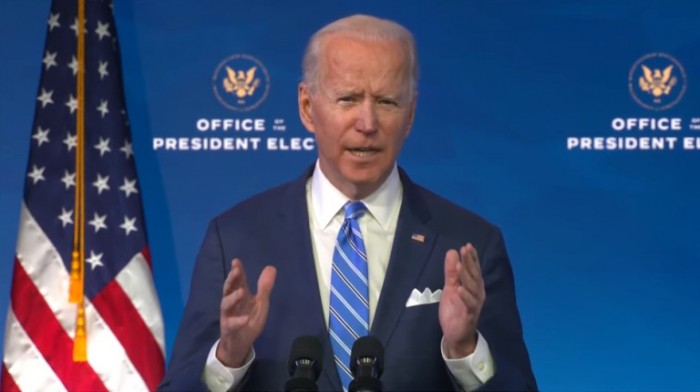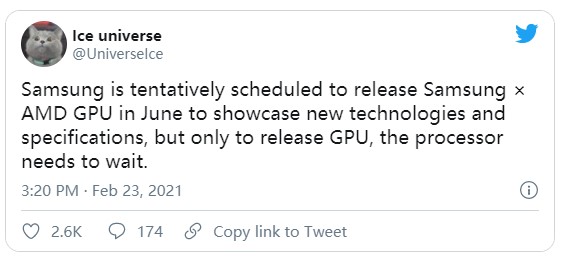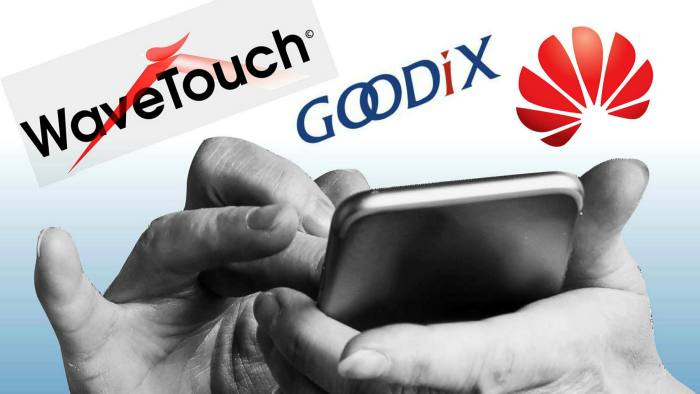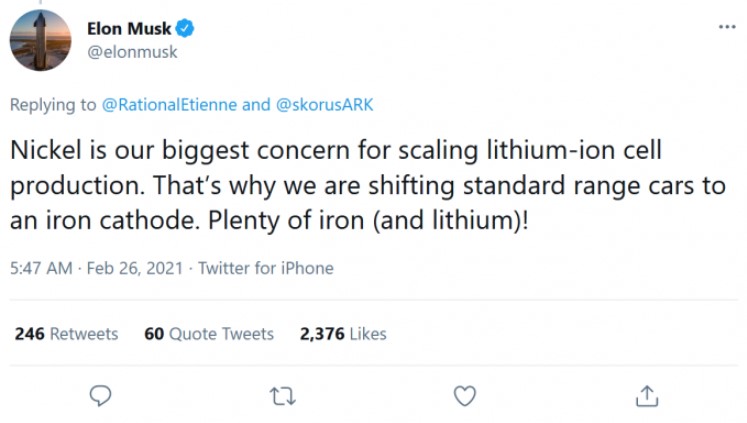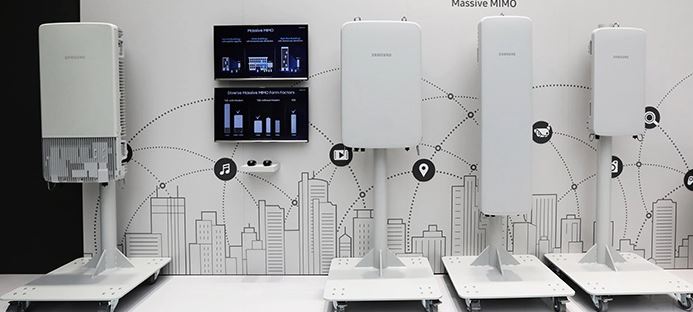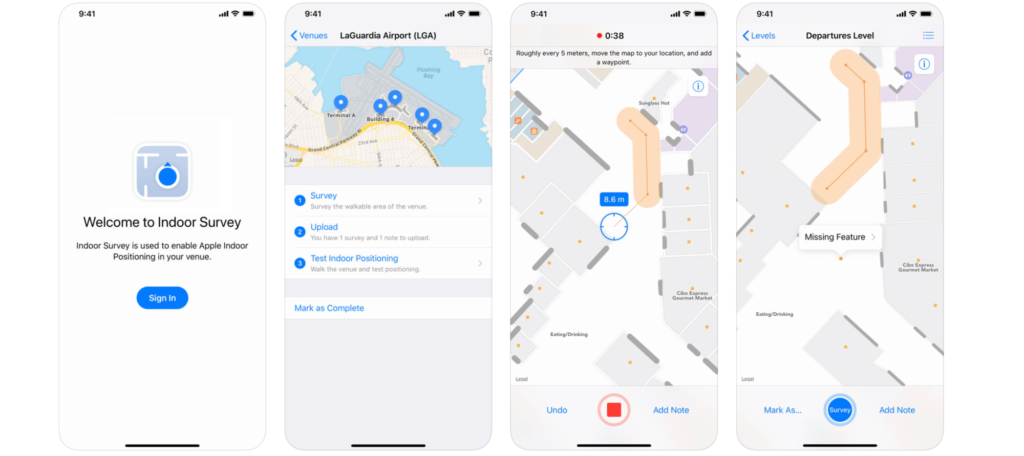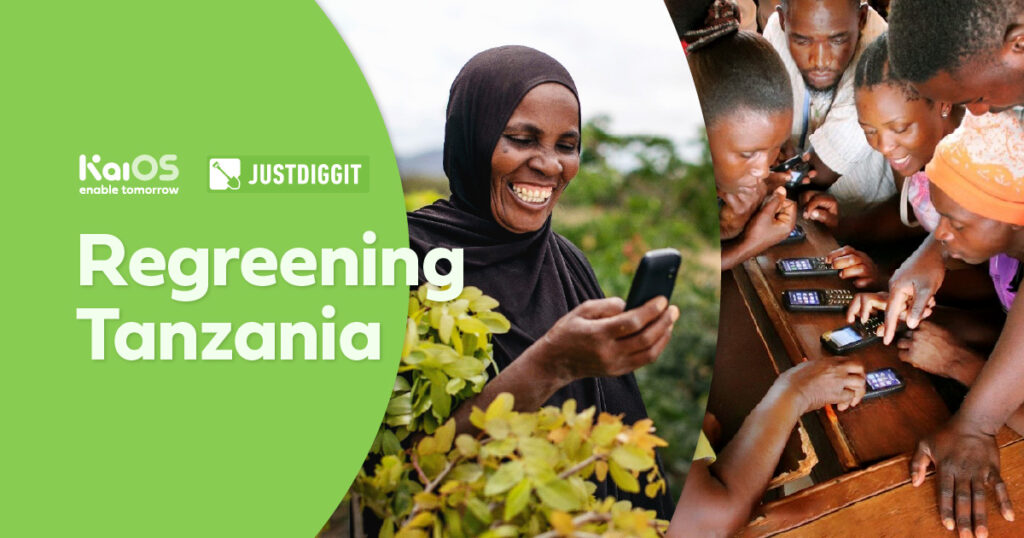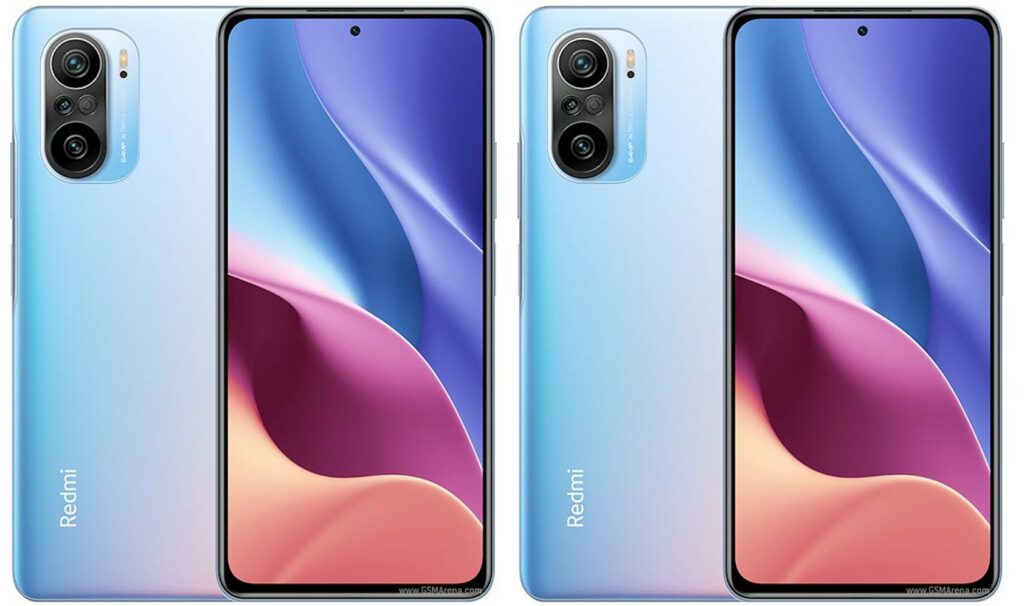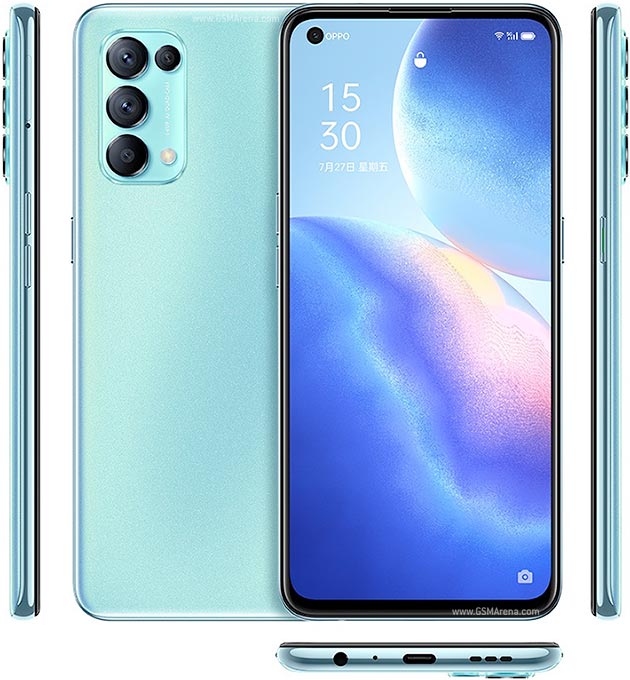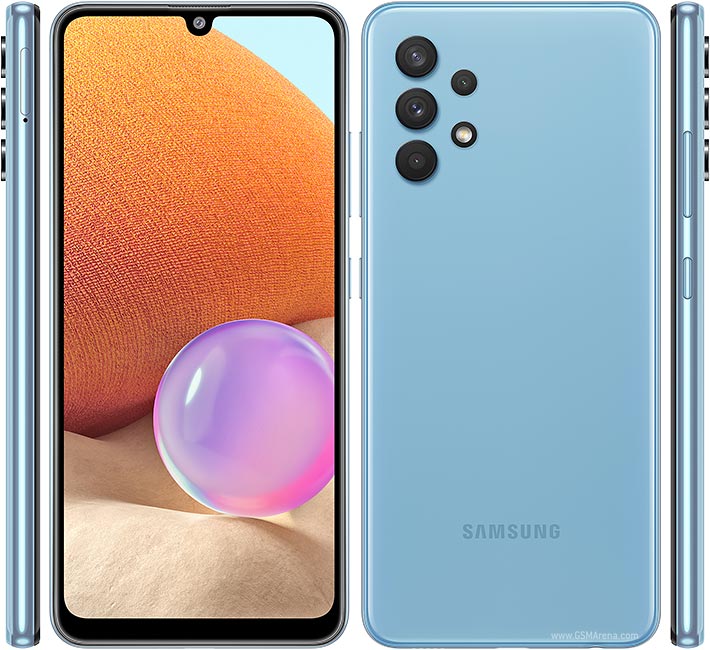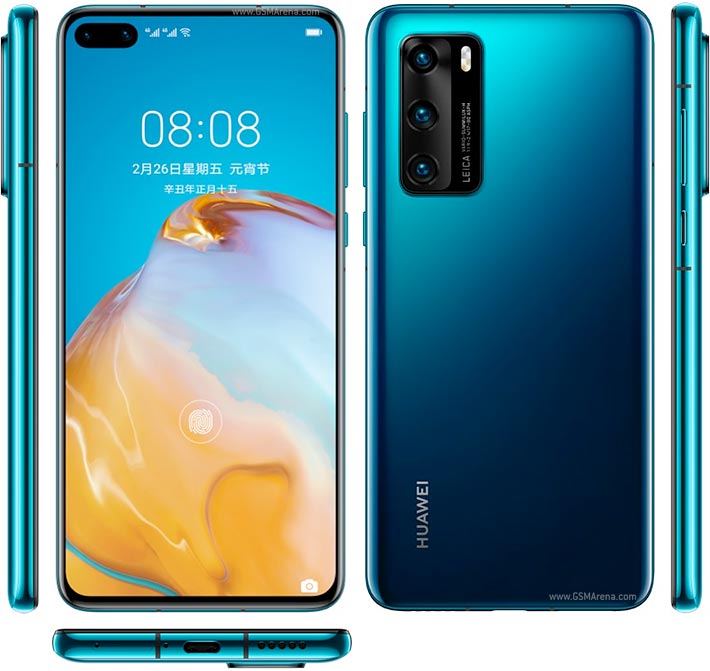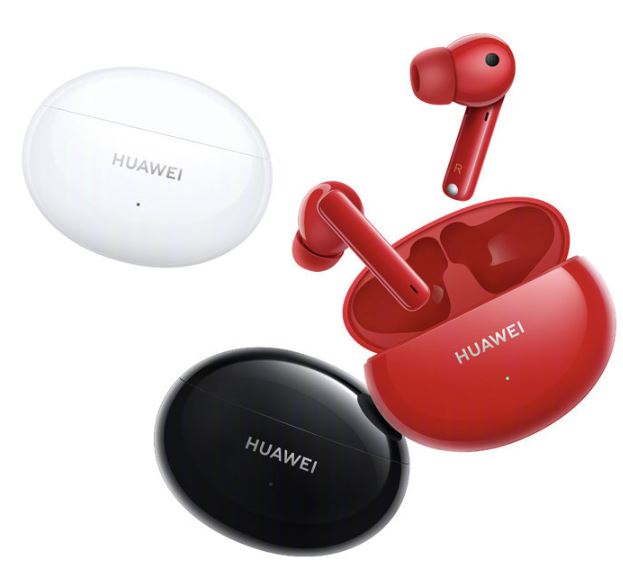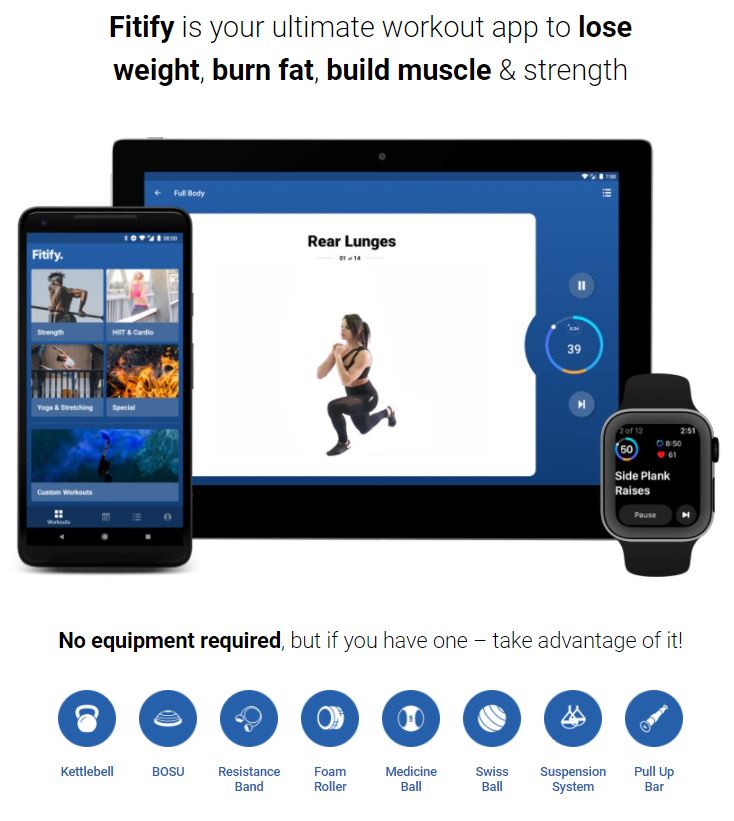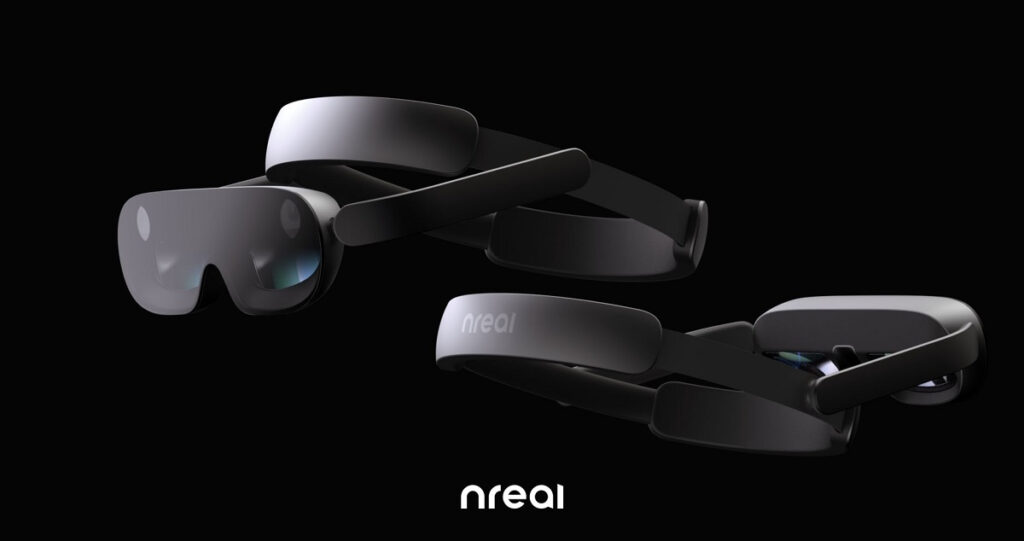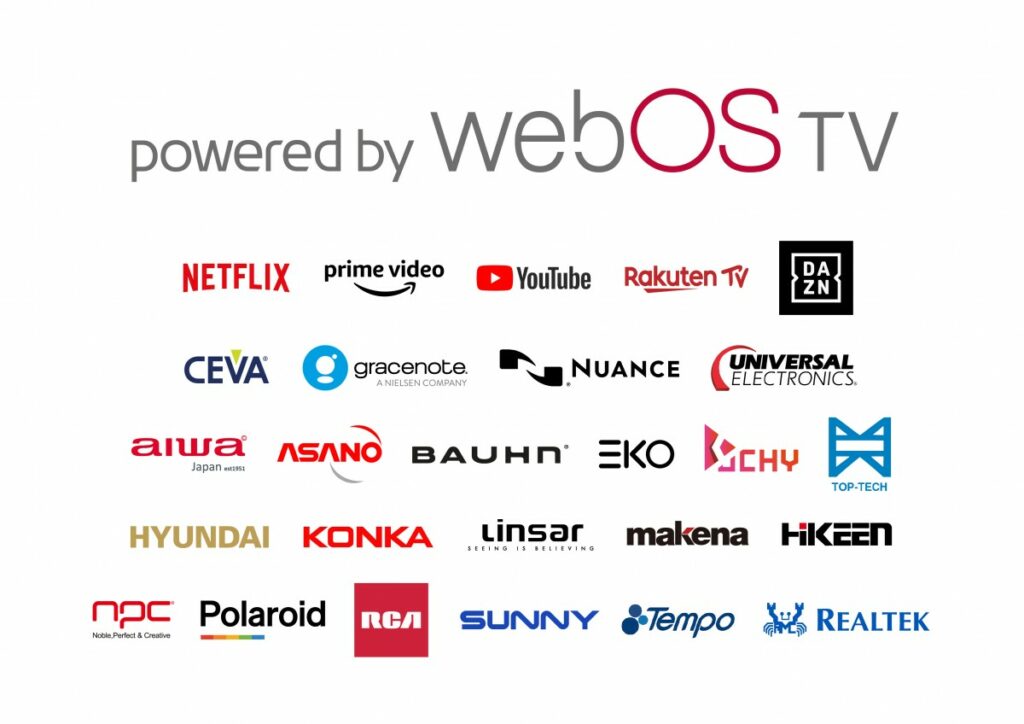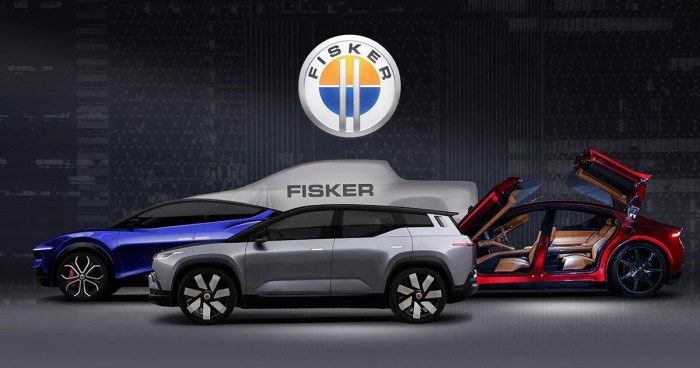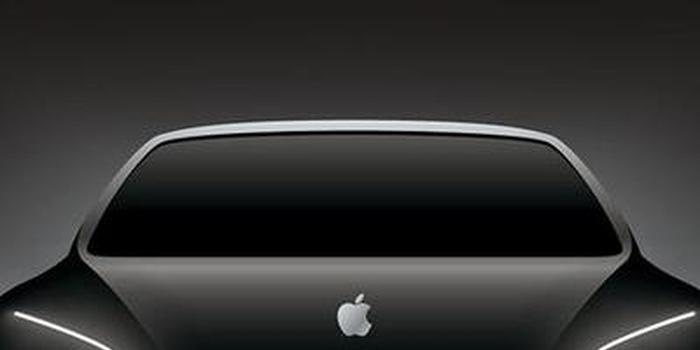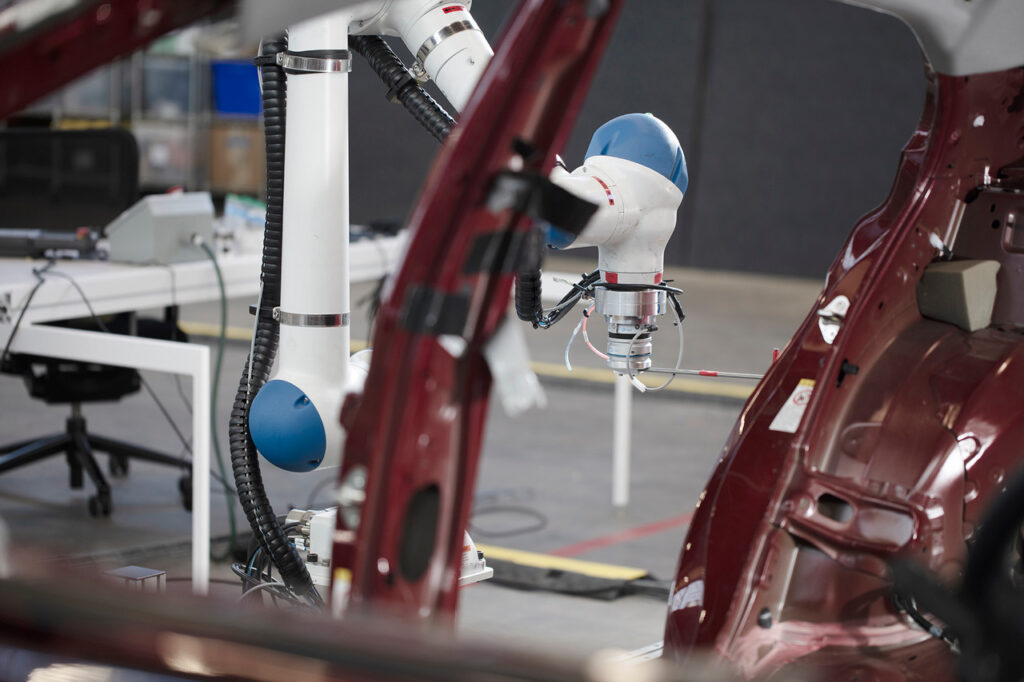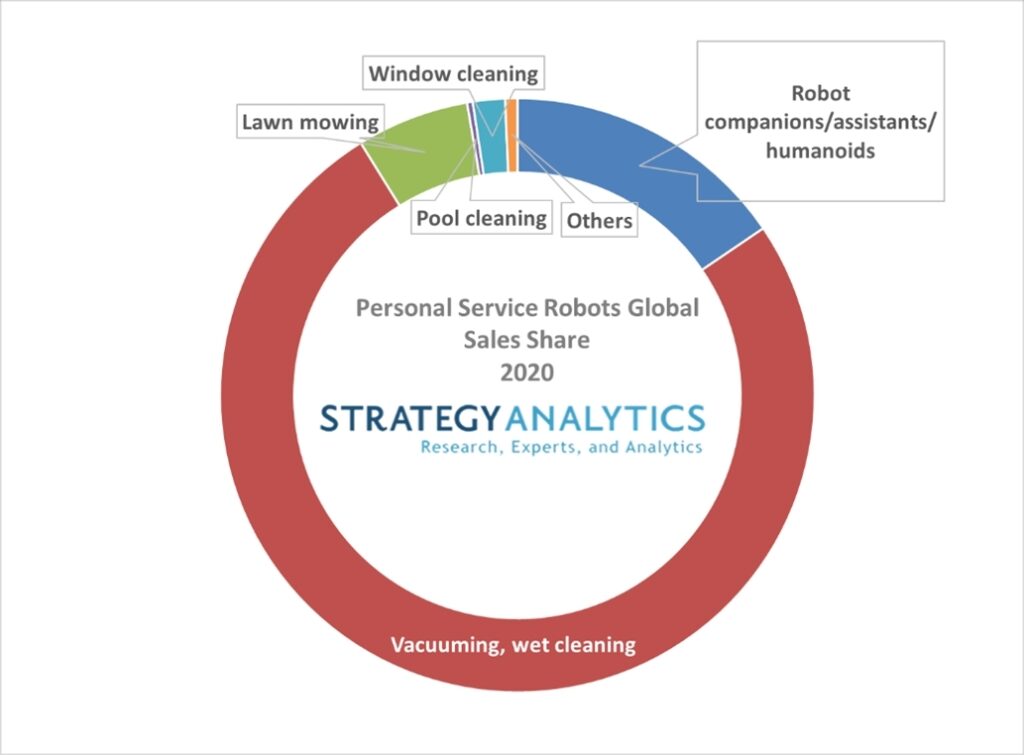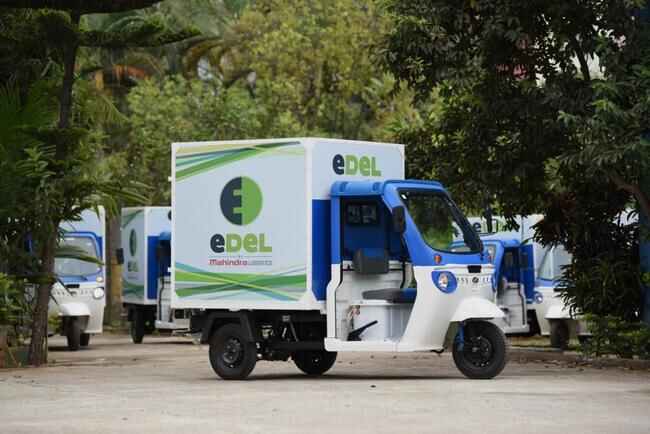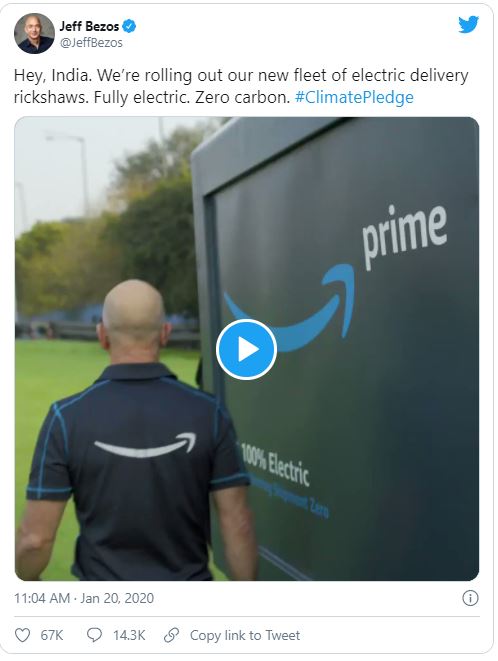
2-27 #Disconnected : India government has approved a INR73.5B (USD1.02B) plan to boost local manufacturing and exports of IT products; Nothing has announced Teenage Engineering as a founding partner of the company; HP has announced a definitive agreement to acquire HyperX; etc.
Qualcomm will continue to fabricate its next-generation 5G mobile chip, tentatively dubbed Snapdragon 895, at Samsung Electronics built using an upgraded 5nm process, but may switch to TSMC in 2022 using its 4nm process, according to Digitimes. (Digitimes, Phone Arena, Digitimes, CTEE)
President Biden has signed an executive order addressing growing concern over a global semiconductor shortage hampering the production of goods like automobiles and smartphones. The White House’s executive order directs the federal government to conduct 100-day reviews of supply chains in four sets of products, including computer chips and large capacity batteries, like those used in electric vehicles. (CN Beta, The Verge)
In 2019, Samsung started working with AMD on a mobile GPU. Now Samsung is tentatively planning to showcase the custom GPU developed with AMD in Jun 2021. Samsung will release a Windows 10 laptop later 2021 that will feature an Exynos chipset that integrates an AMD GPU. The company will reportedly announce the computer in 2H21. (CN Beta, Sam Mobile, Gizmo China, XDA-Developers)
According to Sigmaintell, in 2020 the total shipment of global smartphone panel is 1.888B units, representing a YoY increase of 6%. BOE ranks as the world’s No. 1 panel manufacturer with 408M units shipped during the period. Thus, the Chinese firm controls a 21.6% share of the market, a YoY increase of 5.2%. Samsung Display and Tianma ranked second and third with shipments of 370M and 194M, respectively. (Gizmo China, Sigmaintell, press)
According to Sigmaintell, global OLED smartphone panel shipments in 2020 (open cell) are 490M units, up 5.6% YoY. Rigid OLED shipments are 245M units, down 15.8% YoY; while flexible OLED shipments are 246M units, YoY increase of 41.6%. BOE ranks second worldwide and first in China with 36M shipments. Visionox ranks fourth in the world and second in China with 21M shipments. Visionox has also received OLED orders from Huawei, Honor and other brands in 2021, and its flexible production line will fully support the needs of brand customers. (Gizmo China, Sigmaintell, press)
A small British technology company WaveTouch has accused Huawei and Goodix of infringing on its technology and has launched legal proceedings against both companies. WaveTouch alleges that a system that it designed to improve the accuracy of fingerprint readers underneath modern smartphone screens has been replicated by Goodix for a range of ultra-thin chips and used in millions of smartphones. (CN Beta, FT, OLT News)
Tesla CEO Elon Musk has indicated that the company is shifting some cars to a type of battery that uses iron instead because he reckons nickel is “biggest concern” for electric batteries. It is scarce and expensive. (CN Beta, Live Mint, Bloomberg, India Times)
Samsung Electronics has announced the successful development of a new network technology, Mobility Enhancer, which improves beamforming performance of its Massive MIMO radios up to 30% in a mobile environment. The new technology will play a crucial role in improving mobile experiences for users in both 4G and 5G network environments. (CN Beta, Samsung, Neowin)
Apple’s Indoor Mapping Data Format (IMDF) is adopted by the Open Geospatial Consortium as a community standard for indoor positioning services. The IMDF data model, which relies on Wi-Fi, is described as “mobile-friendly, compact, human-readable, temporally aware, highly extensible”, and is capable of providing users a basis for orientation, navigation, and discovery. (Apple Insider, Apple, CN Beta)
India’s technology minister Ravi Shankar Prasad has revealed that the government has approved a INR73.5B (USD1.02B) plan to boost local manufacturing and exports of IT products such as laptops, tablets, personal computers and servers. The production-linked incentive (PLI) plan will help India export IT goods worth INR2.45T. It provides manufacturers cash-backs of 1-4% of additional sales of locally made goods over 4 years, with 2019-2020 as the base year. (Apple Insider, Reuters)
Nothing, a new London-based consumer technology company co-founded by former co-founder of OnePlus Carl Pei, has announced Teenage Engineering as a founding partner of the company. Teenage Engineering is a Stockholm-based company known for its craftsmanship and specialization in industrial design. (GSM Arena, The Verge, Business Standard, CN Beta)
Xiaomi India head Manu Kumar Jain has revealed that 100% of Mi smart TVs are now made in India (effective Jan 2020). Additionally, 99% Xiaomi smartphones are once again being locally assembled in the country following COVID-led disruption in supply chain in 2020. Xiaomi has also ramped up smartphone component manufacturing, with a majority — to the tune of 75% — of components including PCBAs (that makes up almost 50% of a phone), sub boards, camera modules, back panels, batteries and more, now sourced locally. (Android Central, Live Mint, Financial Express)
Justdiggit and KaiOS have started a project to empower rural African farmers with mobile technology. Through KaiOS-enabled smart feature phones, 300 participants get information to improve their livelihoods, help avert climate change through regreening, and generally increase their quality of life with access to advanced digital services. (CN Beta, KaiOS)
Redmi K40 Pro and K40 Pro+ are announced in China featuring 6.67” 1080×2400 FHD+ Super AMOLED HiD, 120Hz, Qualcomm Snapdragon 888: K40 Pro – Rear tri 64MP-8MP ultrawide-5MP macro + front 20MP, 6+128 / 8+128 / 8+256GB, Android 11.0, side fingerprint, 4520mAh 33W, CNY2,799 (USD434) / CNY2,999 (USD465) / CNY3,299 (USD511). K40 Pro+ – Rear tri 108MP-8MP ultraide-5MP macro + front 20MP, 12+256GB, Android 11.0, side fingerprint, 4520mAh 33W, CNY3,699 (USD575). (Gizmo China, GizChina, GSM Arena)
OPPO Reno5 K 5G is announced in China – 6.43” 1080×2400 FHD+ HiD OLED 90Hz, Qualcomm Snapdragon 750 5G, rear quad 64MP-8MP ultrawide-2MP macro-2MP depth + front 32MP, 8+128 / 12+256GB, Android 11.0, fingerprint on display, 4300mAh 65W, reverse charging, price is yet to be announced (estimated EUR350). (GSM Arena,OPPO, GizChina)
Samsung Galaxy A32 4G is announced in Russia – 6.4” 1080×2400 FHD+ Super AMOLED u-notch 90Hz, MediaTek Helio G80, rear quad 64MP-8MP ultrawide-5MP macro-5MP depth + front 20MP, 4+64 / 4+128GB, Android 11.0, fingerprint on display, 5000mAh 15W, RUB19,990 (USD268) / RUB21,990 (USD295). (Android Authority, GSM Arena, Samsung)
Huawei P40 4G is announced in China – 6.1” 1080×2340 FHD+ 2xHiD OLED, Kirin 990, rear tri 50MP OIS-8MP telephoto OIS-16MP ultrawide + front 32MP-3D ToF, 8+128GB, Android 10.0, fingerprint on display, IR face recognition, 3800mAh 22.5W, CNY3,998 (USD618). (GSM Arena, TechAndroids)
HP has announced a definitive agreement to acquire HyperX, the gaming division of Kingston, for USD425M. The acquisition supports HP’s strategy to drive growth in its Personal Systems business, where gaming and peripherals are attractive segments. (Gizmo China, HP, The Verge, Jiemian)
Huawei FreeBuds 4i with Active Noise Cancellation (ANC) is launched with CNY499. Each earbud has a dual-microphone design which helps to accurately pick up human voices. The special windproof structure design can improve the earphone’s ability to reduce wind noise. (CN Beta, My Drivers, Huawei, Gizmo China)
Huawei allows third-party Apps on its wearables. Huawei has made alive “proof of concept” with a workout app called Fitify. This app is now available for Huawei Watch GT 2 Pro making it the first third-party app from CEE & Nordic region for Huawei’s wearables. Huawei feels that by opening its wearable ecosystem to other developers, it can cater to a large audience and further its wearable market growth. (GSM Arena, Gizmo China, Fitify, Sina, IT Home)
Nreal is unveiling a new mixed-reality (MR) headset for enterprise users, and it is also making its Nreal Light model available in additional countries after launching it in Korea and Japan in 2020. Nreal will expand Nreal Light to new key markets including the European Union and the U.S. The enterprise headset is expected to launch in 2021. (VentureBeat, Nreal)
LG Electronics has announced plans to license its webOS smart TV platform to other TV manufacturers. LG says it already has over 20 TV manufacturers committed to the webOS partnership, including brands such as RCA, Konka, and Ayonz. (GSM Arena, The Verge, Neowin, LG, CN Beta)
Electric-car maker Fisker has revealed that it will work with Apple supplier Foxconn to produce more than 250,000 vehicles a year beginning in late 2023. The deal, codenamed “Project PEAR” (Personal Electric Automotive Revolution), is looking at markets globally, including North America, Europe, China and India. Apple is allegedly targeting 2024 to produce a passenger vehicle. (Apple Insider, Reuters, CN Beta)
Piper Sandler lead analyst Harsh Kumar points out that Apple may be targeting a run of 100,000 vehicles in 2024. Based on that, he says Apple could generate about USD5B in revenue with just less than 0.1% of the market. If it reached 1% market penetration by 2030, that could grow to USD50B. (CN Beta, Apple Insider)
Volvo Cars and Geely Auto have cancelled plans to merge and will instead pool electric vehicle technology and software development in efforts to drive savings across the two companies. They will combine several functions while remaining separate, including joint software development and procurement. (CN Beta, Bloomberg, WSJ, FT)
Apple and Hyundai subsidiary Kia reportedly signed a memorandum of understanding in 2020, agreeing to pursue cooperation in 8 sectors, including electric vehicles. However, Hyundai and Kia in regulatory filings have said they are not in discussions with Apple to co-operate on development of a self-driving electric vehicle. Now it suggests a partnership may still be possible for Kia, claiming that negotiations with Apple “are not completely canceled”, although the talks are said to be “experiencing difficulties”. (MacRumors, Chosun Biz, Reuters, Apple Insider)
Huawei allegedly plans to make electric vehicles under its own brand and could launch some models in 2021, as Huawei, battered by U.S. sanctions, explores a strategic shift. Huawei is in talks with state-owned Changan Automobile and other automakers to use their car plants to make its electric vehicles (EVs). Huawei has denied plans to design EVs or produce Huawei branded vehicles but aim to be a digital car-oriented and new-added components provider, enabling car OEMs to build better vehicles. (Gizmo China, CN Beta, CN Beta, GSM Arena, Reuters)
Symbio Robotics has announced its official company launch armed with USD30M and a goal of modernizing industrial manufacturing by breathing new life into existing industrial robots. Symbio currently is working with Nissan Motor and Toyota Motor in addition to other major companies. (CN Beta, TechCrunch, Business Wire)
According to Strategy Analytics, forecasts demand for service robots will grow at an accelerated pace in 2021, following 24% improvement in annual sales volumes in 2020. The Covid-19 pandemic has actually helped grow demand for service robots, particularly business-oriented service robots in 2020 and that growth will continue in coming years. Especially in the cleaning and disinfecting segment, where global volumes increased by a whopping 165% in 2020. This proved to be a goldmine for companies such as UVD Robots and LG that manufacture UV-light disinfection robots. (CN Beta, Business Wire)
Walmart-owned e-commerce marketplace Flipkart has said partnering with Hero Electric, Mahindra Electric and Piaggio, it would deploy over 25,000 electric vehicles in its supply chain by the year 2030, helping it in achieving 100% electrification of its first and last-mile delivery fleet. The company has already deployed over 450 EVs through its logistics partners in cities such as Delhi, Bengaluru, Hyderabad, Kolkata, Guwahati and Pune, with plans to add a further 1,000 EVs to its fleet before the end of 2021. (Gizmo China, Live Mint, India Times)
Amazon India has said its fleet of delivery vehicles in the country will include 10,000 EVs by 2025. Amazon has piloted electric vehicles in several cities across India in 2019 and is now expanding this initiative across the country. Amazon has announced its plans to introduce 10,000 of EVs into its delivery fleet globally in 2022 and 100,000 vehicles by 2030 – saving 4M metric tonnes of carbon per year by 2030. (Gizmo China, India Times, TechCrunch)

